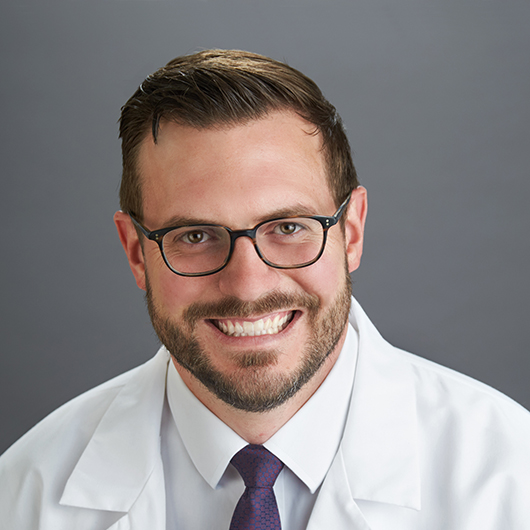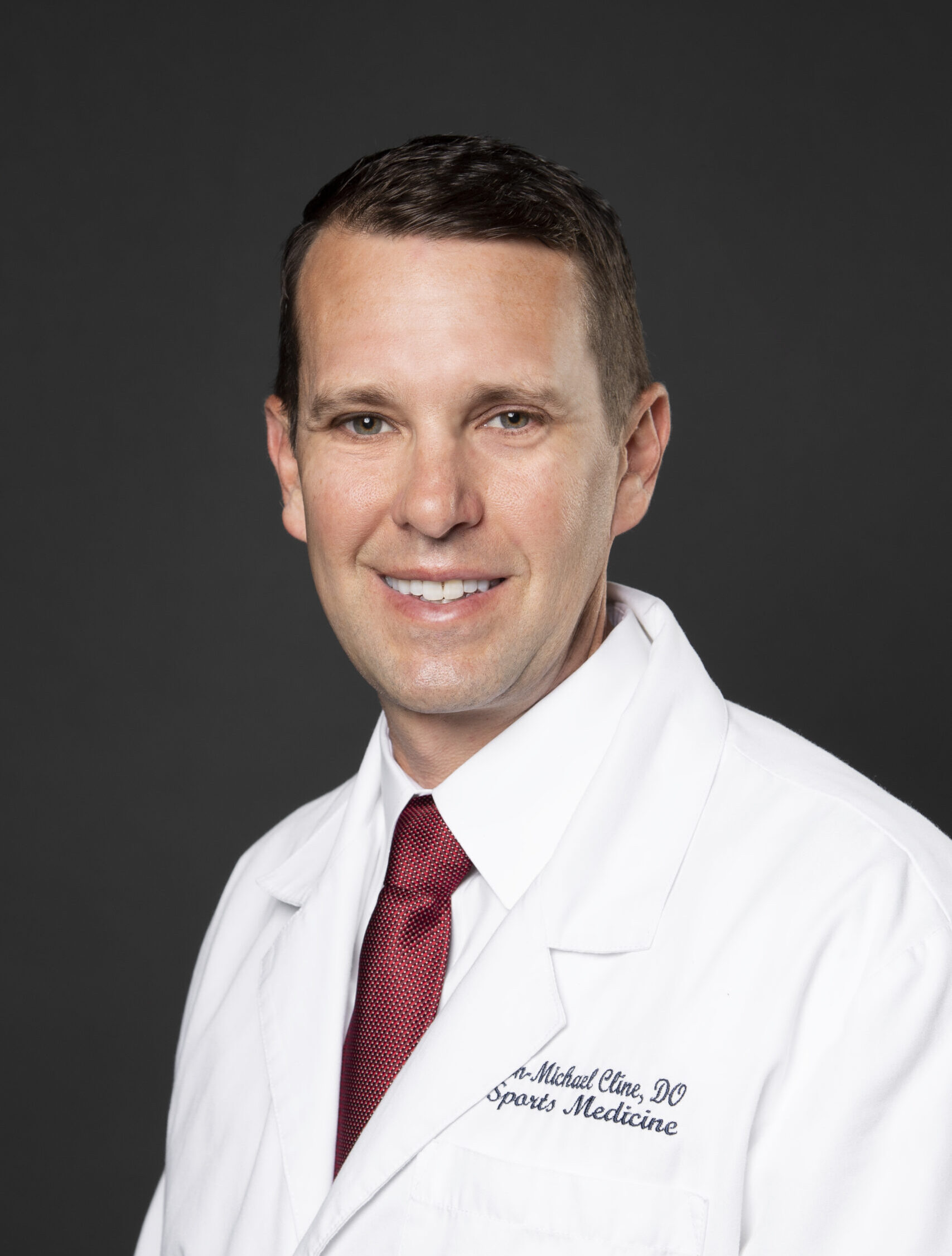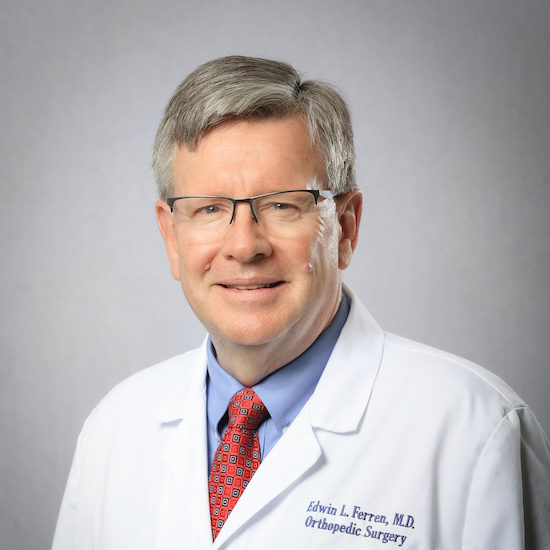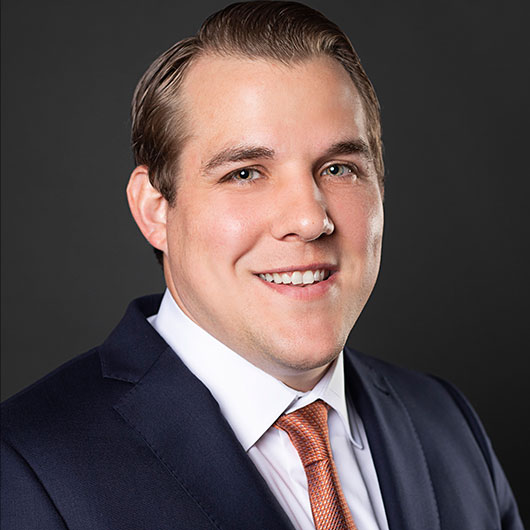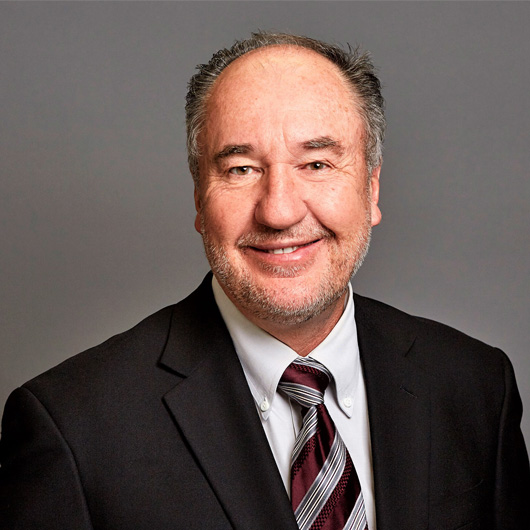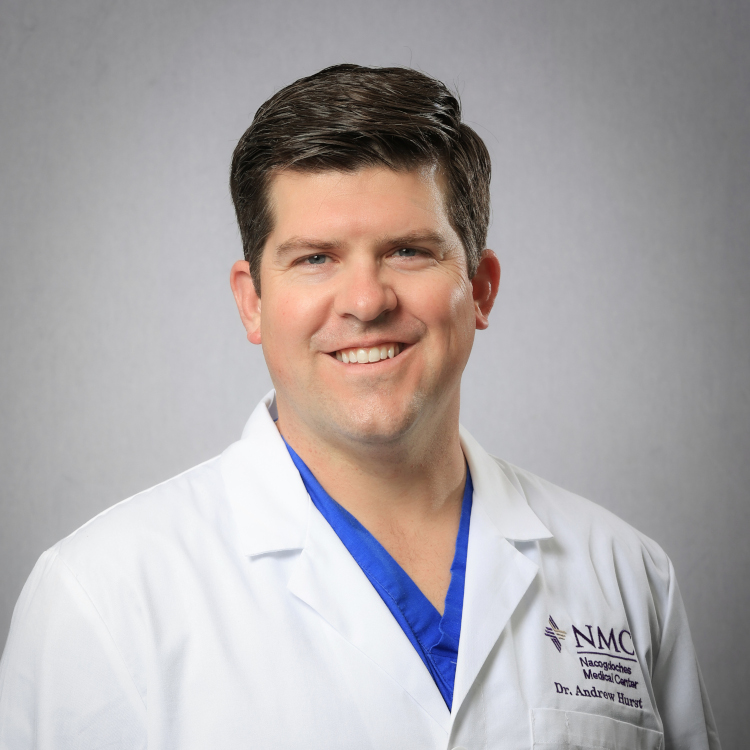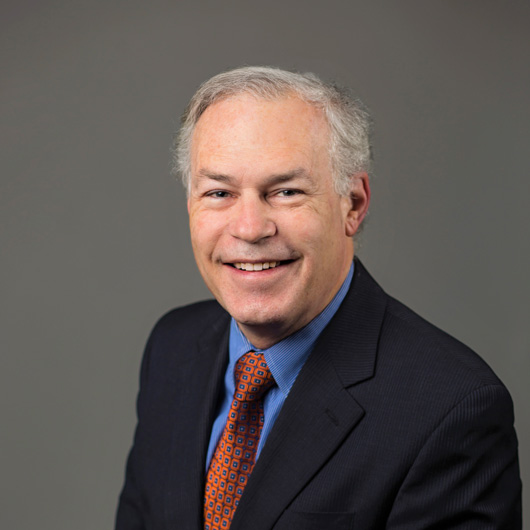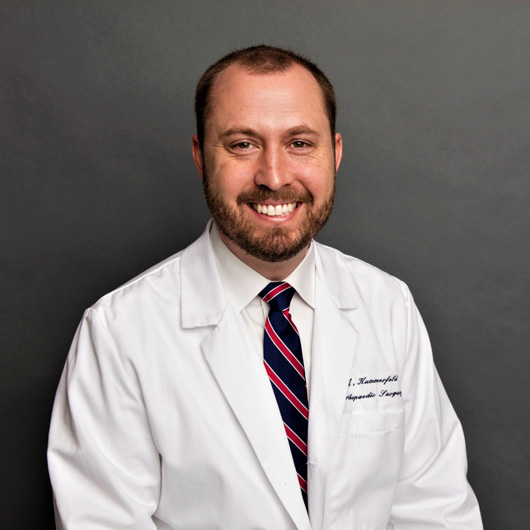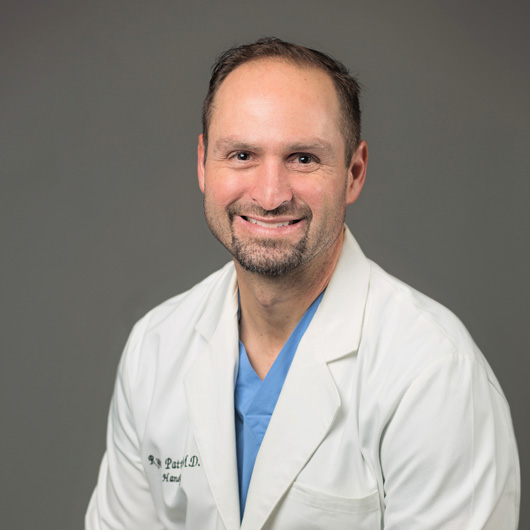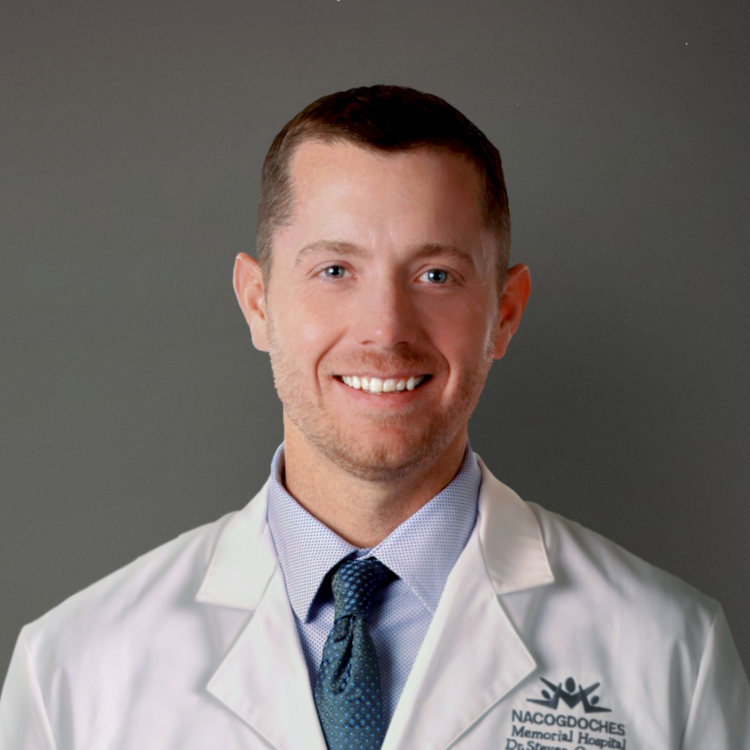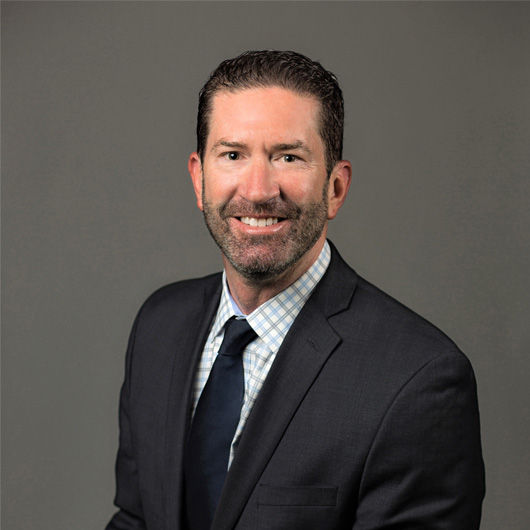Shoulder
Surgery & Treatments
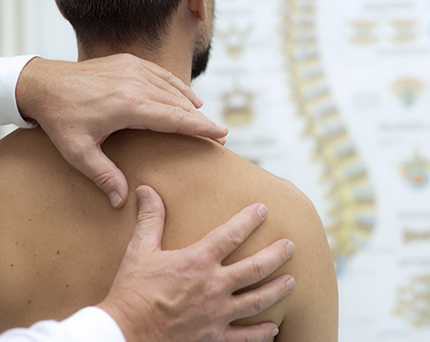
The shoulder is the most flexible joint in the human body! A properly functioning shoulder allows you to place and rotate your arm in many different positions in front, above, to the side and behind your body. While this flexibility is an amazing feature of our anatomy, it also makes our shoulders susceptible to instability and injury, especially when you’re involved in high intensity athletics. At Azalea Orthopedics, it’s our mission to provide our patients with the best possible orthopedic care for all types of shoulder injuries and shoulder pain.
With advanced orthopedic technology and years of in-depth experience, our shoulder doctors work one-on-one with our patients to find a treatment plan that’s perfectly tailored to their unique injury. From rehabilitation and physical therapy to total shoulder replacement, our shoulder orthopedists’ goal is to get your shoulders functioning again!
Azalea Locations for
Shoulder Treatments
Azalea Orthopedics has shoulder doctors and offers shoulder treatments at all of our orthopedic locations which allows patients to receive specialized shoulder treatment with ease!
Mount Pleasant – Mount Pleasant, TX
Longview Clinic – Longview, TX
Palestine Clinic – Palestine, TX
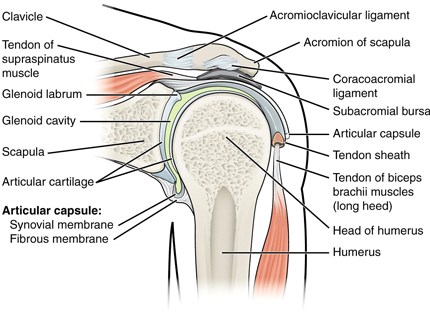
A Brief
Anatomy Of The Shoulder
- The shoulder is a ball-and-socket joint. It is made up of three bones: the upper arm bone (humerus), shoulder blade (scapula) and collarbone (clavicle).
- The ball at the top end of the arm bone fits into the small socket (glenoid) of the shoulder blade to form the shoulder joint (glenohumeral joint). The socket of the glenoid is surrounded by a soft-tissue rim (labrum).
- A smooth, durable surface (articular cartilage) on the head of the arm bone and a thin inner lining (synovium) of the joint allow the smooth motion of the shoulder joint.
- The upper part of the shoulder blade (acromion) projects over the shoulder joint. One end of the collarbone is joined with the shoulder blade by the acromioclavicular (AC) joint. The other end of the collarbone is joined with the breastbone (sternum) by the sternoclavicular joint.
- The joint capsule is a thin sheet of fibers that surrounds the shoulder joint. The capsule allows a wide range of motion, yet provides stability.
- The rotator cuff is a group of muscles and tendons that attach your upper arm to your shoulder blade. The rotator cuff covers the shoulder joint and joint capsule. The muscles attached to the rotator cuff enable you to lift your arm, reach overhead and take part in activities such as throwing or swimming.
- A sac-like membrane (bursa) between the rotator cuff and the shoulder blade cushions and helps lubricate the motion between these two structures.
Types of
Shoulder Injuries
Depending on the nature of your shoulder injury or shoulder pain, nonsurgical methods of treatment are always recommended before surgery. However, in some cases, delaying the surgical repair of a shoulder can increase the likelihood that the problem will be more difficult to treat later down the road. Accurate diagnosis and early treatment of shoulder injuries and pain can make a significant difference in the long run.
Some of the most common types of shoulder injuries that we treat include:
- Bursitis or Tendinitis
- Impingement and Partial Rotator Cuff Tears
- Full-Thickness Rotator Cuff Tears
- Unidirectional & Multidirectional Instability
- Fractured Collarbone and Acromioclavicular Joint Separation
- Fractured Head of the Humerus (Arm Bone)
- Osteoarthritis and Rheumatoid Arthritis
- Adhesive Capsulitis (Frozen Shoulder)
Non-Surgical Treatment at
Azalea Orthopedics In Tyler, TX
Treatment of shoulder injuries and shoulder pain will vary depending upon your condition, intensity of symptoms or the severity of your arthritic disease. At Azalea Orthopedics, our shoulder doctors strive to treat your shoulder injury symptoms with non-surgical procedures first and foremost. Opting for physical therapy, immobilization of the shoulder with a brace or sling, and/or the use of non-steroidal anti-inflammatory medications, our orthopedic surgeons will do everything they can to treat your shoulder pain with less invasive measures before prescribing surgery.
For arthritis patients with severe shoulder pain, our orthopedists may advise particular types of medication to initiate treatment. Over the past several years, there has been significant improvement in the medicines available for arthritis patients and their symptoms. Injections of a cortisone type drug into a painful shoulder joint frequently proves to be helpful. Other treatments for arthritis may be helpful in conjunction with medication and injections, such as physical therapy and braces or splints.
Shoulder Surgery
Many of the injuries surrounding the shoulder require surgery to restore function, ease shoulder pain and give you more mobility in your arm. Oftentimes, such as with rotator cuff tears and shoulder instability, surgery can be performed arthroscopically, meaning that one of our shoulder doctors will use miniature surgical instruments that are less invasive to make tiny incisions, treating the wound with minimal invasion.
In shoulder injuries that are more complicated, our surgeons will require a larger incision for open surgery, providing them with easier access and a more direct view to the injured structures of the shoulder.
Shoulder Replacement
Arthritis patients with severe joint pain and impairment, or patients with extreme traumatic injury may be candidates for shoulder replacement surgery. These procedures, in a very large percentage of cases, provide marked relief of pain, improving a patient’s ability to carry out the activities of daily living.
Total Shoulder Replacement
The typical total shoulder replacement involves replacing the arthritic joint surfaces with a highly polished metal ball attached to a stem and a plastic socket. These components come in various sizes and they may be either cemented or “press fit” into the bone. If the bone is of good quality, your shoulder doctor at Azalea Orthopedics may choose to use a non-cemented (press-fit) humeral component.
If the bone is soft, the humeral component may be implanted with bone cement. In most cases, an all-plastic glenoid (socket) component is implanted with bone cement. Patients with bone-on-bone osteoarthritis and intact rotator cuff tendons are generally good candidates for conventional total shoulder replacement.
A relatively new option for patients needing total shoulder replacement are canal sparing devices. This procedure offers several potential advantages, including decreased surgical times, less blood loss, bone preservation and a lower risk of intraoperative and potentially postoperative periprosthetic fractures.
Stemmed Hemiarthroplasty & Canal Sparing Hemiarthroplasty
Depending on the condition of your shoulder, your orthopedic surgeon may replace only the ball. This procedure is called a hemiarthroplasty. In a traditional hemiarthroplasty, the head of the humerus is replaced with a metal ball and stem, similar to the component used in a total shoulder replacement. Some surgeons recommend hemiarthroplasty when the humeral head is severely fractured but the socket is normal. Canal sparing hemiarthroplasty may also be an option to discuss with your physician.
Other indications for a hemiarthroplasty include:
-
- Arthritis that only involves the head of the humerus with a glenoid that has a healthy cartilage surface.
- Shoulders with severely weakened bone in the glenoid.
- Shoulders with severely torn rotator cuffs and arthritis.
Resurfacing Hemiarthroplasty
Resurfacing hemiarthroplasty involves replacing just the joint surface of the humeral head with a cap-like prosthesis without a stem. With its bone preserving advantage, it offers those with arthritis of the shoulder an alternative to the standard stemmed shoulder replacement.
For patients who are young or very active, resurfacing hemiarthroplasty avoids the risks of component wear and loosening that may occur with conventional total shoulder replacements. Due to its more conservative nature, resurfacing hemiarthroplasty may be easier to convert to total shoulder replacement if necessary at a later time. Canal sparing hemiarthroplasty and total shoulder replacement are also optional in these patients.
Reverse Total Shoulder Replacement
For these particular patients, a conventional total shoulder replacement can still leave them with pain, and they may also be unable to lift their arm up past a 90-degree angle. In reverse total shoulder replacement, the socket and the metal ball are switched. That means a metal ball is attached to the shoulder bone and a plastic socket is attached to the upper arm bone, allowing the patient to use the deltoid muscle instead of the torn rotator cuff to lift the arm. Indications include: cuff tear arthropathy, massive rotator cuff tear, erosive arthritis, degenerative joint disease, retroversion and revision.
Our Orthopedic Shoulder Surgeons
Meet our industry leading Orthopedic Shoulder Surgeons.
Justin Bartley, M.D., FAAOS, FAANA
Dr. Justin Bartley is a Board-Certified and Fellowship-Trained Orthopedic Surgeon specializing in sports medicine, arthroscopy, and comprehensive shoulder surgery. Also, fully trained in general orthopedics and fracture management. Additionally, he has completed dedicated training in hip arthroscopy to better care for young patients with hip pain.
John Camp, M.D.
Dr. Camp specializes in orthopedic surgery of the hand and upper extremities. Board Certified, American Board of Orthopedic Surgery, and Fellowship-Trained at The Cleveland Clinic & Case Western Reserve University Hospital in Ohio. He has extensive experience treating Carpal Tunnel, Trigger Finger and traumatic hand injuries.
Jon-Michael Cline, D.O.
Dr. Jon-Michael Cline is a fellowship trained, board certified Primary Care Sports Medicine Physician. Dr. Cline treats a variety of musculoskeletal conditions and specializes in non-surgical treatment of sports injuries, concussion management, and ortho biologics. Dr. Cline also specializes in non-operative treatment of both hip and knee pain. Depending on the patient's diagnosis, hips and knees can also be successfully treated with injections.
Edwin Ferren, M.D.
Dr. Edwin Ferren is a Board-Certified orthopedic surgeon specializing in hand, hip, and knee repairs. He serves the Nacogdoches and surrounding areas. He is a member of the Texas Orthopedic Association and the Texas Medical Association.
Keith Fishbeck, DO
Keith Fishbeck, D.O. is a fellowship-trained Orthopedic Sports Medicine Surgeon who specializes in conditions and treatments related to the Shoulder, Knee, and Hip. He has a special interest in shoulder replacement surgery, arthroscopic shoulder and knee surgery, ACL reconstruction, and cartilage restoration surgery. He is also fully trained in general orthopedics and fracture management. After receiving his undergraduate degrees from Texas A&M University, in College Station, Texas, Dr. Fishbeck earned his medical degree from Texas College of Osteopathic Medicine. He went on to complete his orthopedic residency at Oklahoma State University Medical Center, followed by advanced fellowship-training in orthopedic sports medicine at Beacon Orthopedics & Sports Medicine in Cincinnati, Ohio.
James Harris, M.D.
Dr. Harris received his fellowship training at the North Sydney Orthopedic and Sports Medicine Center in Sydney, Australia, where he specialized in sports medicine and complex knee surgery. Prior to Australia, Dr. Harris specializes in Shoulder, Knee, Elbow and Sports injuries. Board Certified, American Board of Orthopedic Surgery.
Andrew Hurst, M.D.
Dr. Hurst is a Board-Certified orthopedic surgeon. He is proud to offer the latest techniques and medical advancements for his patients. Specializing in complex knee and shoulder injuries, Dr. Hurst is pleased to provide his knowledge and expertise to care for patients in the Nacogdoches and surrounding communities.
L. Matthew Jones, M.D.
Nicknamed “Bones Jones” by President George W. Bush, Dr. Jones specializes in orthopedic surgery with an emphasis on sports medicine and arthroscopic knee and shoulder surgery. Certified in the Mako Robotics System. He is Fellowship-Trained and Board-Certified by the American Board of Orthopedic Surgery.
David Kummerfeld, M.D.
Dr. Kummerfeld is a Board-Certified, Fellowship-Trained Orthopedic Surgeon specializing in shoulder and elbow arthroscopy/replacement and upper extremity injuries. Additionally, he specializes in total and partial knee replacements. Dr. Kummerfeld received advanced training from the world-renowned Kerlan Jobe Orthopedic Clinic in Los Angeles, California.
Ryan Patterson, M.D.
Dr. Patterson is a board-certified, fellowship trained orthopedic surgeon who sub-specializes in complex hand and elbow injuries. Dr. Patterson has published numerous scientific articles and presented many research studies in orthopedics and hand surgery regionally, nationally and internationally.
Steven Overturf, M.D.
Dr. Overturf is a Board-Certified orthopedic surgeon who offers cutting-edge procedures for orthopedic injuries and disorders. He is equipped to provide full-spectrum musculoskeletal care to residents of Nacogdoches and surrounding areas. His passion for bone and joint health, in conjunction with his diverse experiences, ensures you receive the best possible care.
Patrick Wupperman, M.D.
Patrick Wupperman, M.D., is board certified in orthopedic surgery and fellowship-trained in sports medicine by Dr. James Andrews of Birmingham, Alabama. He has extensive training in complex shoulder and knee injuries and has a special interest in Autologous Cartilage Implantation.
Get In Touch With
Our Shoulder Doctors Today!
Your shoulders are some of the most flexible joints in the body, and a healthy set is crucial for day-to-day activity and leading a great life. Over time, the structures that make up your shoulder can wear down and cause painful injuries. Here at Azalea Orthopedics, our team of highly experienced orthopedists and shoulder doctors are prepped and ready to help answer any questions you have regarding the intricacies of the shoulder joint and its surrounding ligaments and tissues. If you are experiencing ongoing shoulder pain from arthritis, or have injured your shoulder through a high-impact sport or an accident, we promise w
e can help. Don’t hesitate to call us today to learn more about the orthopedic treatments we offer or to schedule an appointment at one of our offices throughout East Texas.



